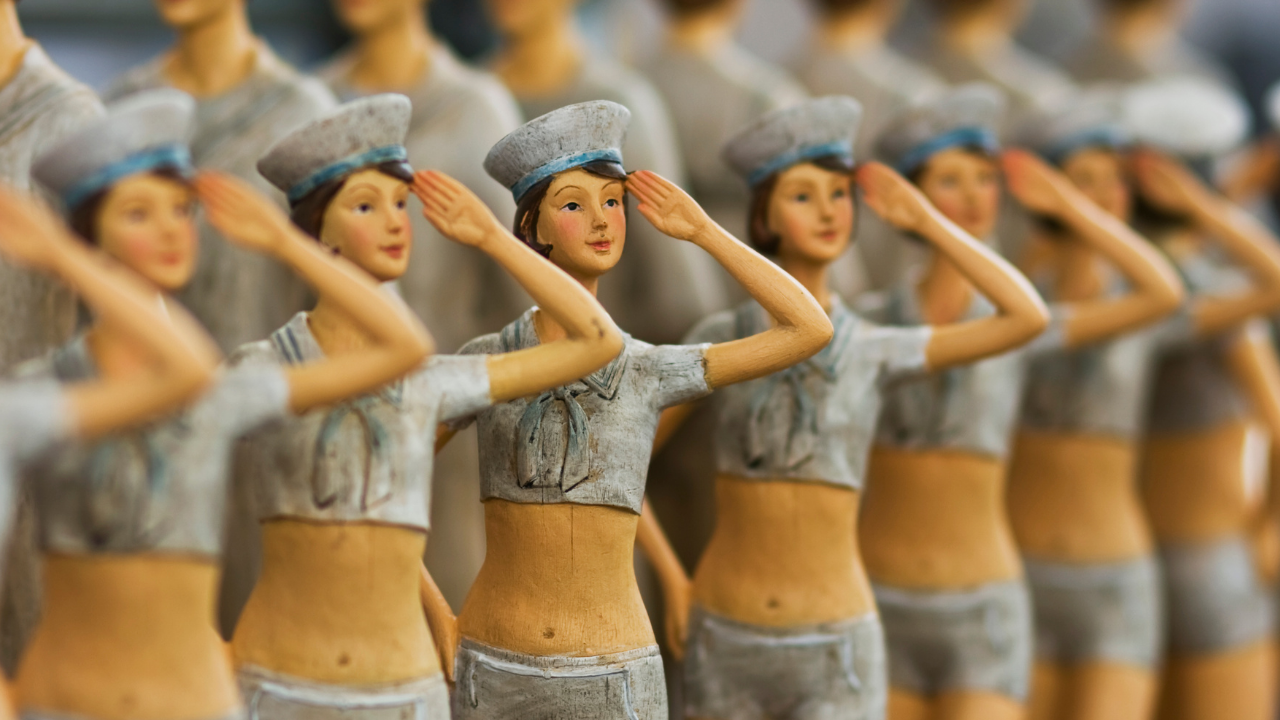path of the storyteller / blog
does your story need a villain?
It’s been said that a story is only as good as its villain. Agree or disagree?
The truth is, our heroes need obstacles. Other characters in the tale may be instrumental in providing those obstacles. Why might they do this? Does being a “villain” equate to being “evil”?
More questions about villainy abound! How do we create “bad guys” without writing stale clichés? And how can we bring ourselves to write fully-imagined characters that we ourselves find unsavory?
Mwah-ha-ha! Clearly, the role of the “villain” is fraught with complexity. That’s what we dig into this week.
My weekly livestream happens on Wednesdays at 1 PM Pacific. Come live and participate! Or catch the replays here on the blog.
To watch live and ask questions, you can join the Path of the Storyteller Facebook group right here.
And subscribe to the YouTube channel here.
character archetypes
Remember Wilson the volleyball? What a performance! It turns out that even a story about a guy stranded alone on a desert island can have a cast of archetypal characters.
What do I mean by archetypal? That’s our topic this week. Some characters might populate the edges of a tale like extras in a movie, but archetypal characters help provide the energy that keeps your story humming along.
Story energy is a fascinating topic. It’s at the heart of how I think about good writing, and how I teach it in the Path of the Storyteller program, too. If you’ve ever wondered how to design and use your secondary cast of characters, I think you’ll like this episode!
My weekly livestream is on Wednesdays at 1 PM Pacific. Come live and participate! Or catch the replays here on the blog.
To watch live and ask questions, you can join the Path of the Storyteller Facebook group right here.
Or subscribe to the YouTube channel here.
bring your characters to life
When Geppetto made Pinocchio, he began by using an enchanted piece of wood. This gave him a significant head start on the task of making a wooden boy seem so real he actually came to life!
Luckily, we writers have some enchanted materials of our own to work with. There’s no building material more flexible yet durable than storytelling.
But the process of turning mere marks on a page into characters who live and breathe and feel as real — okay, realer — than the people we know in “real life” certainly feels like magic!
How do we do it? That's the subject of this week’s discussion. Some points covered:
- Why description is not what brings characters to life
- The difference between your main character and the supporting cast
- How character and story are inextricably linked
Many thanks to Path of the Storyteller follower Jaron for requesting this topic!
My weekly livestream is on Wednesdays at 1 PM Pacific. Come live and participate! Or catch the replays here on the blog.
To
...
facing the shadow

Yesterday’s talk of tricksters got me thinking about the archetypal energies that infuse every story. I call them energies because I consider storytelling a form of energy.
If that sounds a bit vague or metaphysical to you, consider this: A story is not its physical form. It is not the book between hardcovers; it is not the film on celluloid or digital data; it is not the little clickable box on your Netflix home page that takes you (at last!) to the new season of The Crown. Now you know what I’m doing this weekend!
Story is a non-physical phenomenon that connects both author-to-reader and reader-to-reader. It’s the deep engagement with fictional characters in a made-up world; the feeling of having taken a journey with those characters and being altered by the trip, just as we are affected by the events of our real lives.
Oral traditions may manifest in written versions that later get made into movies and graphic novels, but which one of them is the story? None of them, really. The...
the rest of the gang

In yesterday’s writing tip, I talked about keeping your hero firmly in the driver’s seat of your story.
But what about all those other characters? If the hero makes the choices that move the story forward, what exactly is the secondary cast of characters doing?
I’ll tell you what they’re not doing. They’re not doing nothing. They’re not extras. In opera they’re called spear carriers — the human set dressing that fills those vast stages.
A story is a designed thing, a work of both art and artifice. Strunk and White remind us that, just like a well-designed machine, good writing ought to have no unnecessary parts — including characters.
Each secondary character must have a necessary job to do, and that job is to impact the journey of the hero. Positively or negatively, there is an impact. Your hero can’t get to the finish line of meaningful change without them.
I love the work of Joseph Campbell and use the idea of archetypes in my own work (it’s what I teach my writing students, ...
the star of the show

Hero. Protagonist. Main character. Whatever term you prefer, this character is the star of the show.
But what exactly does that mean? In weakly structured drafts, it often means that the writer uses the hero as a fictional doppelgänger. The character appears in every scene, observing and narrating, musing and mulling and commenting on all that she takes in.
But this passive hero doesn't do anything. She has many feelings and opinions, but the events of the tale happen to her and around her. When a big push forward is needed, some secondary character is likely to step in to orchestrate the next step.
This is using the protagonist to do the writer’s job. The big tell of this all-too-common type of flawed draft is that the secondary characters are always more interesting than the main character!
Putting your hero in every scene does not make her an active protagonist. In a well-structured story, the hero drives the bus. Her choices and actions are the dominoes of cause and effect ...


